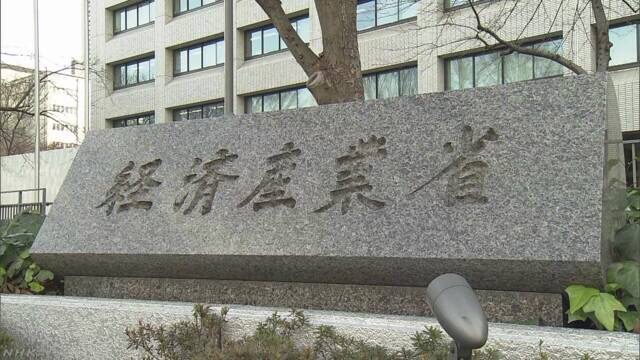
Japan:3 items export restrictions to Korea-hydrogen fluoride, fluorinated polyimide, resist
Japan: Ministry of Economy, Trade and Industry
For Korea, we will tighten export restrictions with high purity hydrogen fluoride, fluorinated polyimide, and resist.
Chuo Nippo : Japanese edition
Japan has accumulated precision chemical technology for over 100 years. It is difficult for Korea to catch up.
Ann Ki Hyun: Managing Director, Semiconductor Industry Assoc
Semiconductor is an assembly industry. But chemistry is a basic industry. It takes a long time to accumulate technology.
Korea: semiconductors, displays
Domestic production rate of related materials in Korea is 50%.
The more precise the process, the greater the dependence of materials on Japan.
High purity hydrogen fluoride: Nippon Stella Chemifa, Morita Chemical
High purity hydrogen fluoride is used in the etching process (remaining the necessary part, removing the unnecessary part) in the semiconductor circuit pattern.
Japan’s Stella Chemifa, Morita Chemical’s global market share is 90%.
Korean companies include Sol Brain. However, these companies are also introducing raw materials from Japanese companies.
Semiconductor industry: concerned people
Hydrogen fluoride has the property of melting all substances.
Therefore, hydrogen fluoride management technology is as important as manufacturing technology.
Japanese companies have been producing and managing precision chemical materials for over 100 years.
“The management and manufacturing technology of hydrogen fluoride is a competitive part.”
Photoresist (photosensitive solution): Japan’s Sumitomo, Shin-Etsu, JSR
It is the core material of exposure process for circuit printing on wafer.
Japan’s Sumitomo, Shinetsu, JSR, etc. provided to Samsung Electronics and SK Hynix.
In Korea, Kumho Petrochemical, Toshin Semichem, Touyu Finechem etc. are produced.
Korean products can also be used in areas where the process level is low. However, Japanese-made photosensitive solutions are essential for next-generation EUV (extreme ultraviolet) exposure equipment.
Japan’s JSR: “Improvement of organization” success
There is also a “time difference” in the chemical industry cycle.
Japan’s JSR has succeeded in improving its quality with high value-added precision chemistry.
The company introduced synthetic rubber technology to kumho Petrochemical.
Thanks to this, Korean and Chinese companies grew rapidly in the commodity chemical market in the 1990s.
However, “JSR judged that there is no win in general-purpose products,” turned to precision chemistry.
Synthetic rubber: 1.5 to 2 million won per ton.
Photosensitive solution: A high-value-added product with 3.5 million won per gallon.
Large Korean companies have grown by realizing a “scale economy” centered on general-purpose products.
So the technology gap with the Japanese chemical industry is large.
“The Galaxy Fold”: PI film adopted
Recently, large Korean companies have also entered new markets.
It was determined that “folding smartphones will spread in earnest.”
Colon Industries and SKC develop transparent polyimide (PI) films.
However, due to problems with product perfection and mass production, it could not meet Samsung Electronics requirements.
After all, Samsung Electronics uses Sumitomo Chemical’s PI film for the “galaxy fold”.
※ The original text copyright of this article is “Korean economic newspaper company”, translated by Chuo Nippo Japanese version.
Yahoo! News
https://headlines.yahoo.co.jp/hl?a=20190703-00000023-cnippou-kr